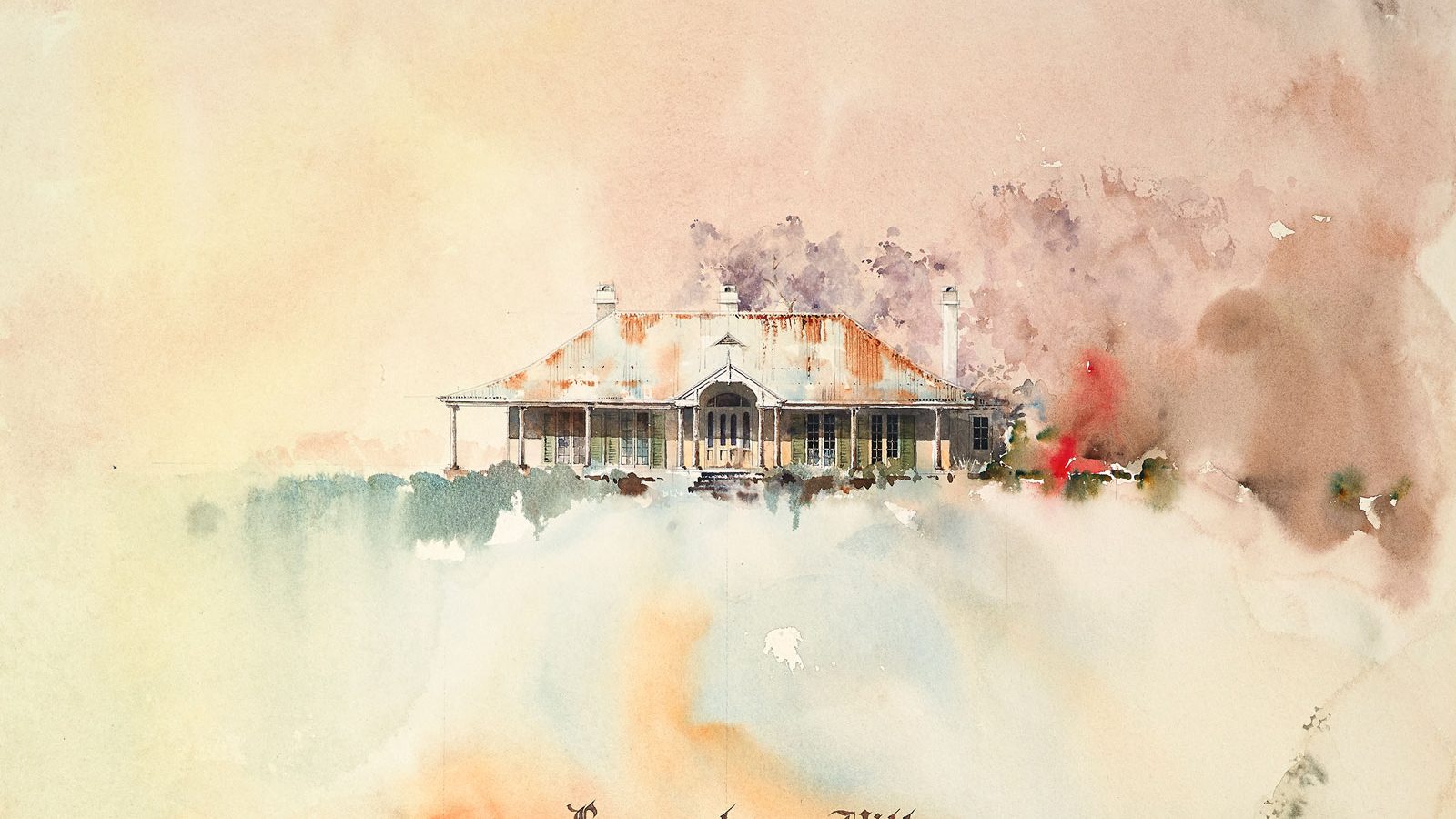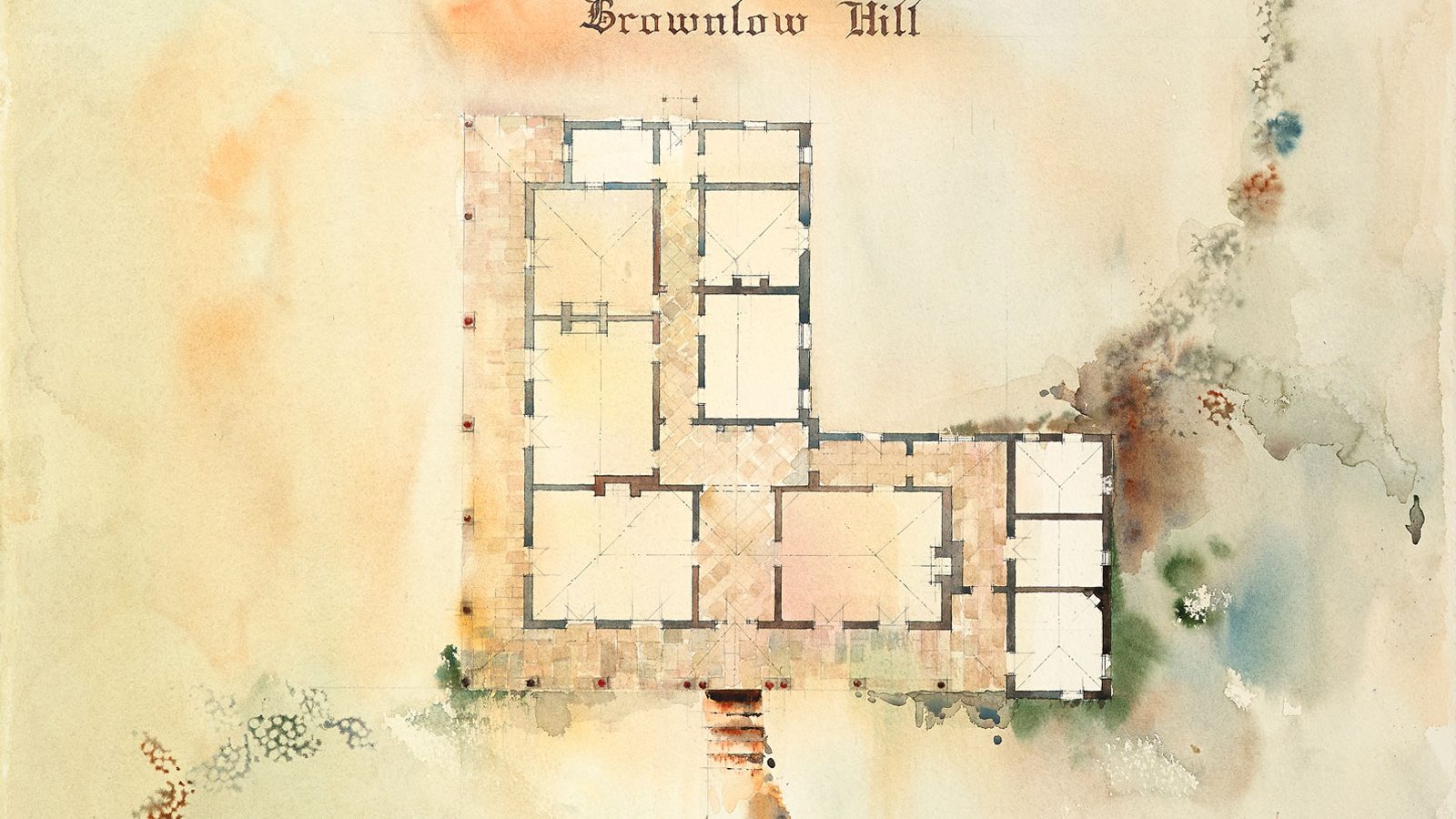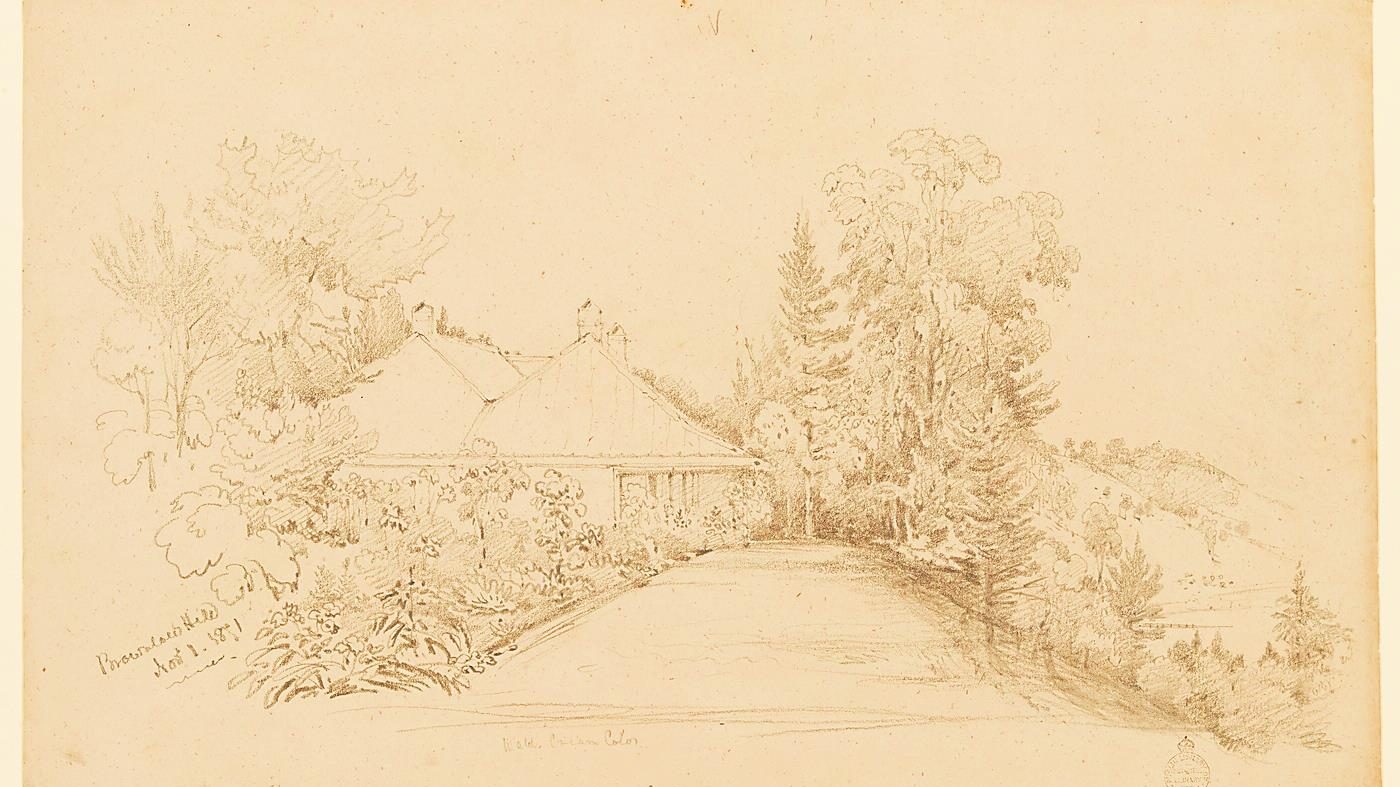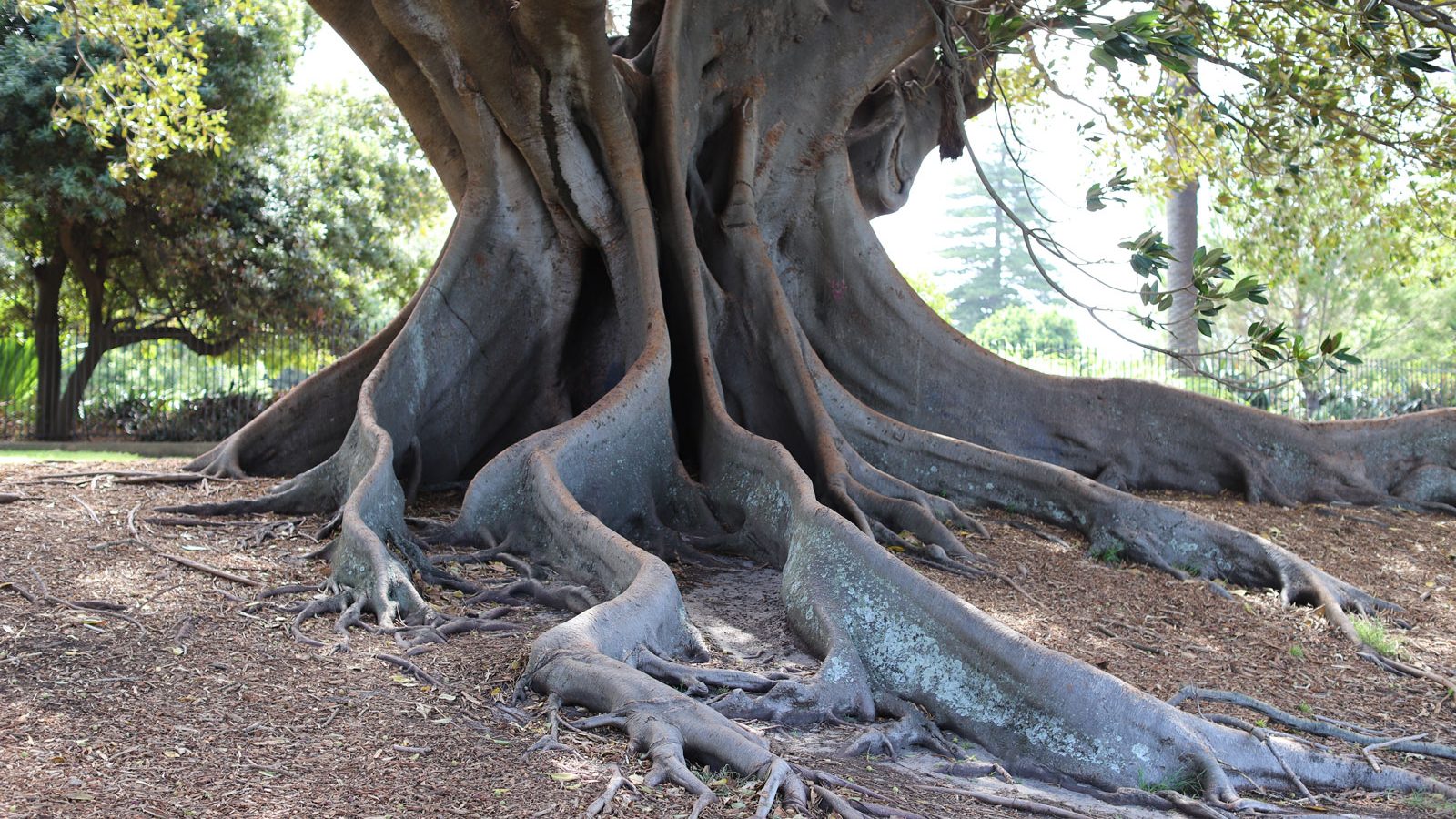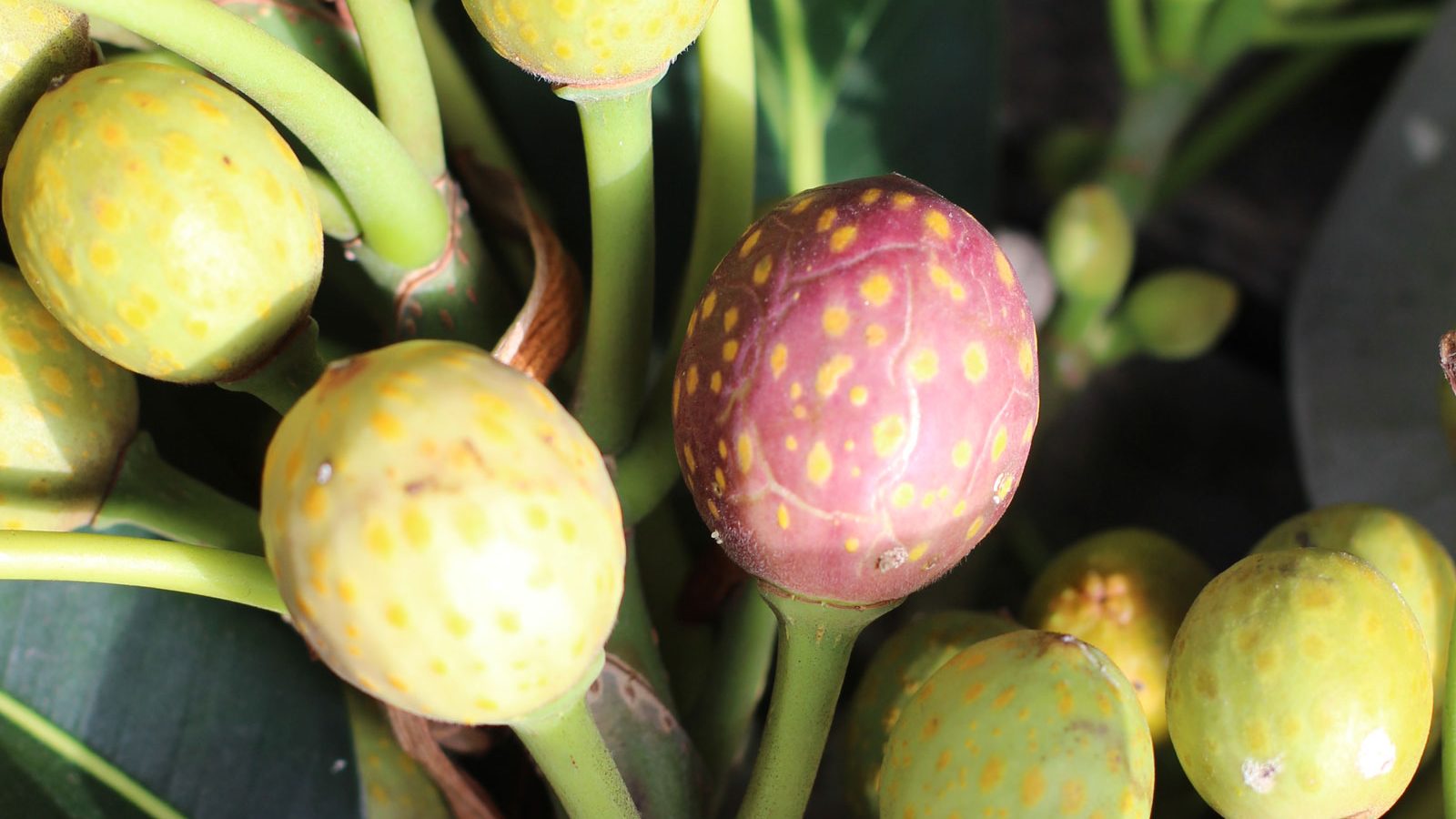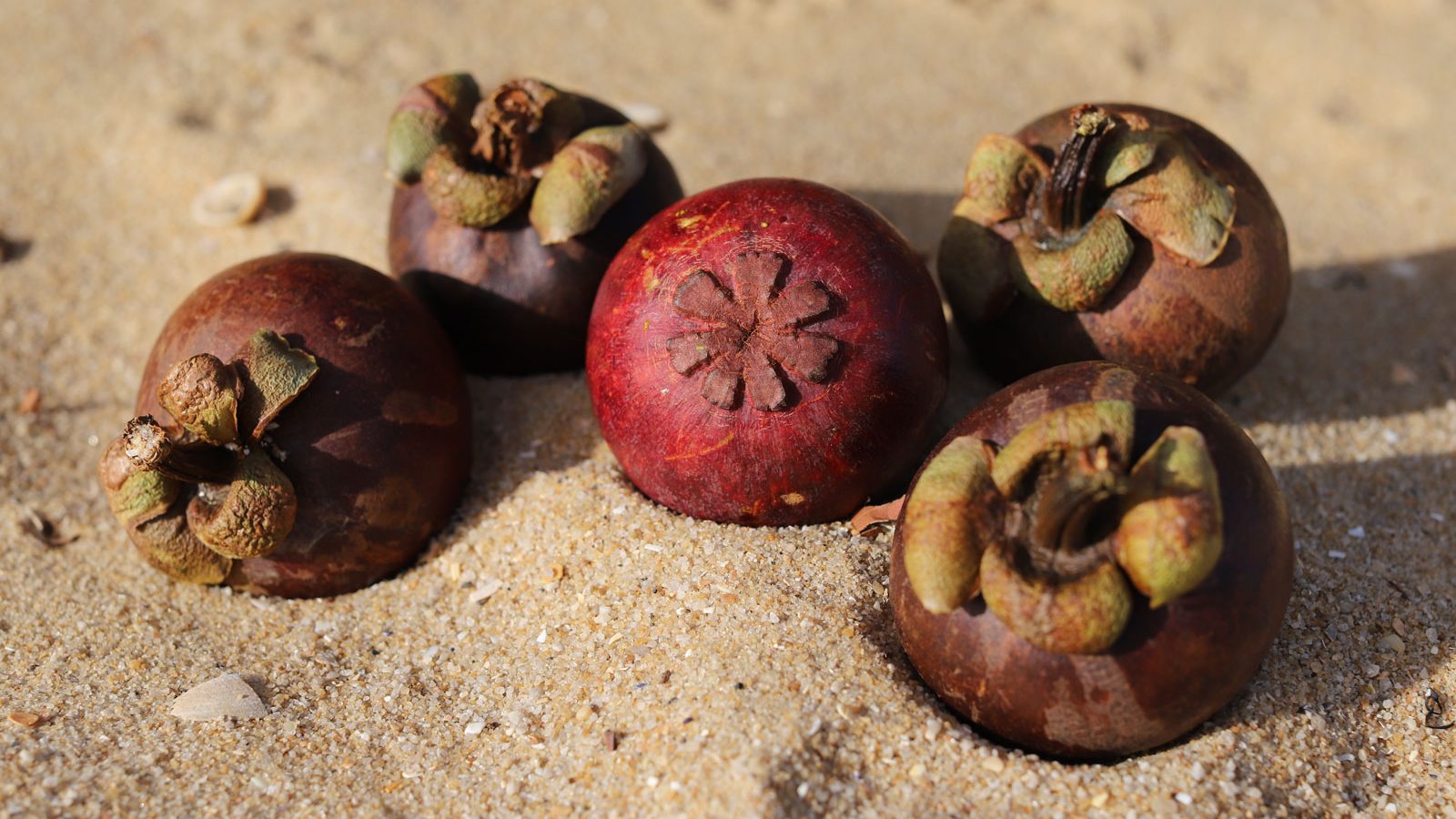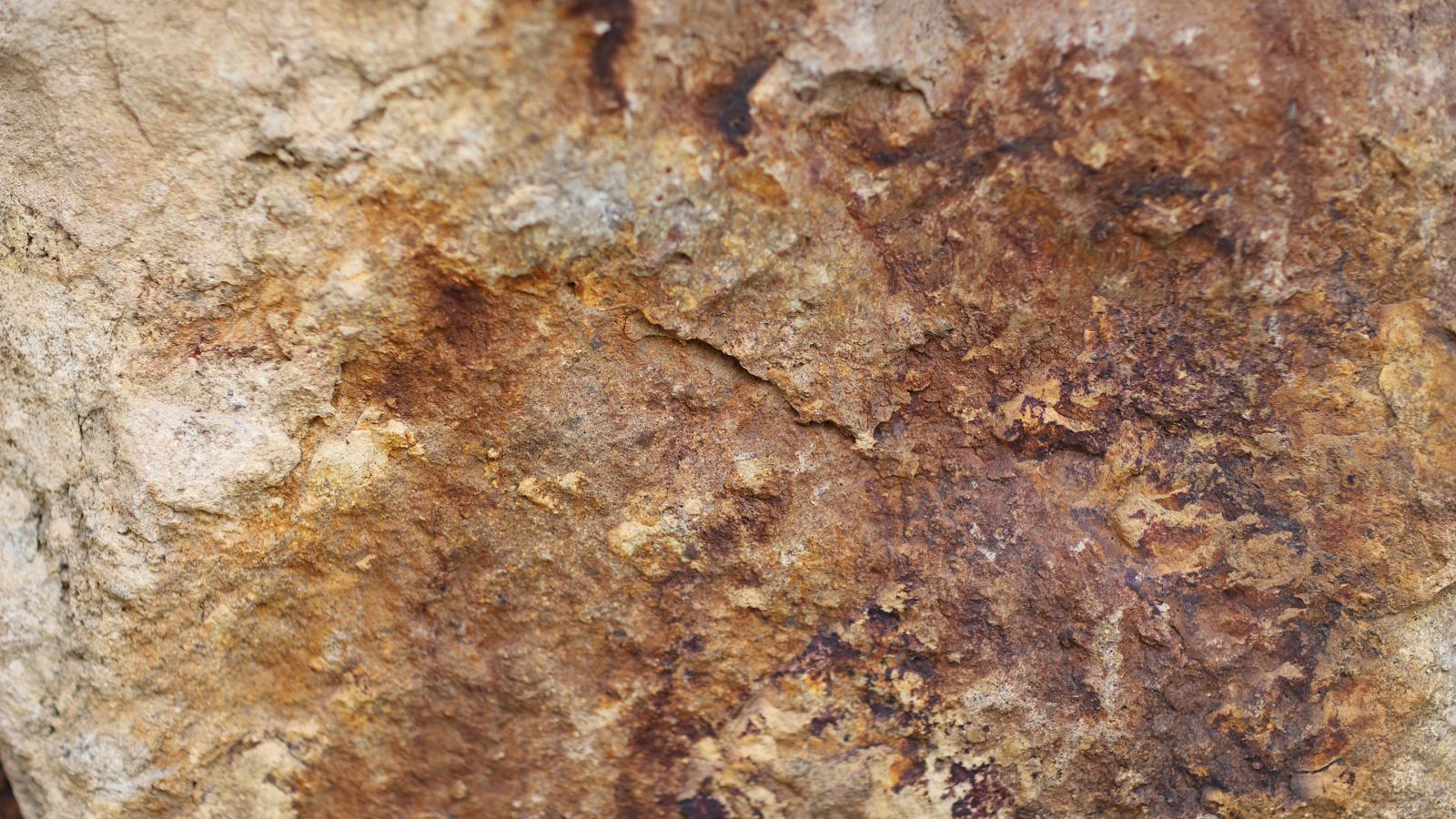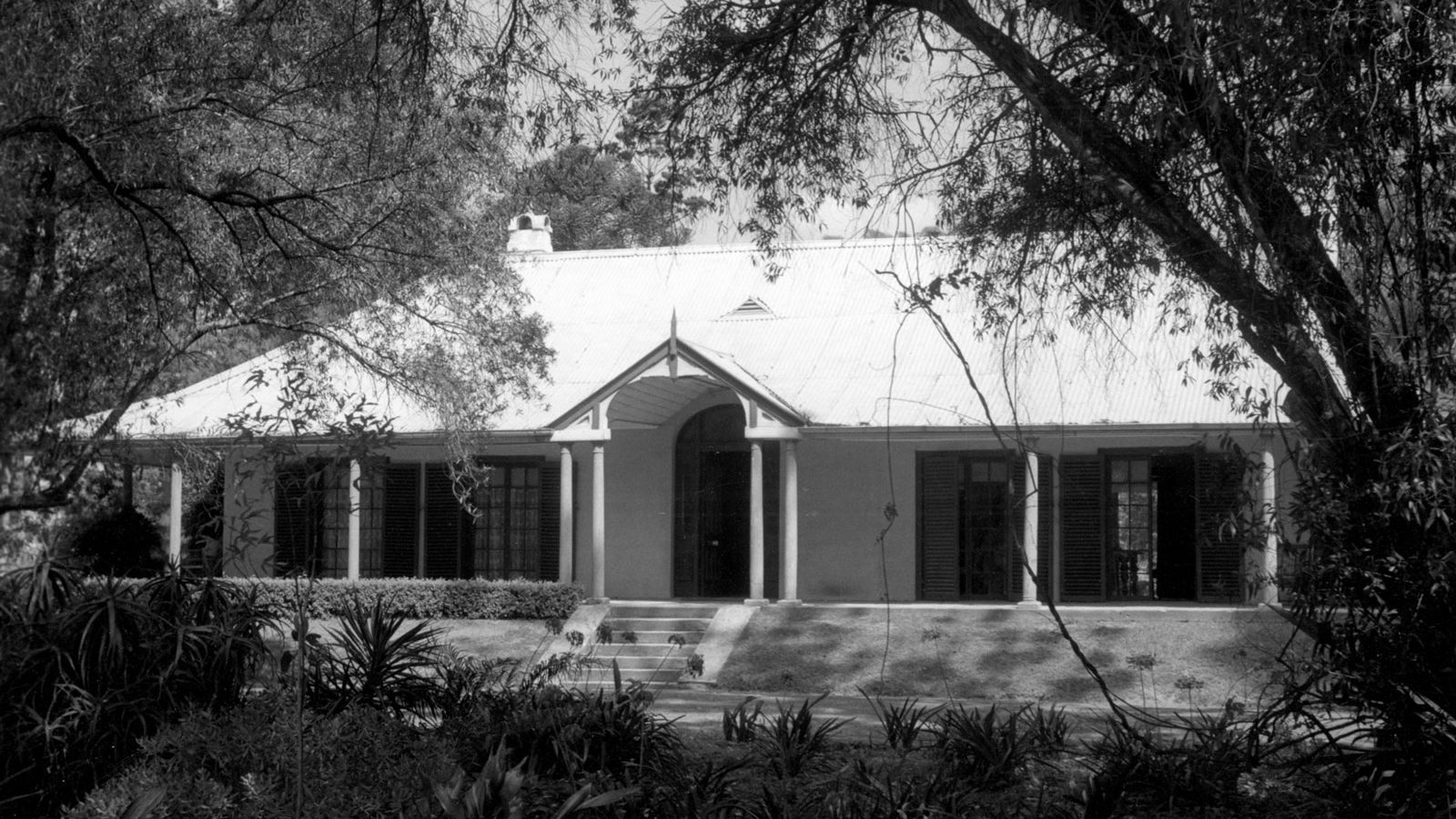Brownlow Hill Estate, Camden, NSW, Australia
Brownlow Hill Estate, is one of the earliest grand homes of the colony situated near the tranquil village of Camden in the Cumberland plains region of New South Wales. The homestead sits on a gentle rise above the level banks of the Upper Nepean River which follow the geographical contours of a mature forest of native pines, oaks and eucalypts which have inspired colonial artists.
Property History
The homestead was originally built for Alexander Maceay in 1828, first Colonial Secretary of NSW and elected member of the Legislative Council. Brownlow Hill is on the State Heritage Register and is a rare substantially intact and best surviving example of an Australian colonial farming estate which includes pre-1860’s planting and ground modelling. It’s a remarkable survival of a sophisticated colonial garden of the 1830’s designed by, a family notable both in colonial politics and society and internationally in the field of horticulture.
Architectural Features
For a gentleman farmer of colonial NSW a good prospect with a view of the river bend or a sweeping vista of rich farmland was very desirable. Hence, the homestead sits on a handsome position with not just a pleasant outlook to its occupants but a sign of their importance in society. A well-sited house spoke of the owner’s status and conveyed the importance of the property as a “gentleman’s seat”. These large houses were designed to be seen and today the homestead and the mature trees that carefully accent them are significant landmarks.
Although no documentary evidence is there to substantiate it, John Verge’s name is associated with the design of Brownlow Hill. The homestead has wide finely detailed window joinery glazed to the floor and Georgian marble fireplaces. As well this, there is as a built-in central stone bracketed console table and diagonal sandstone flagging also found at Elizabeth Farm are evidence of Verge’s scholarly design. The English born architect, builder and pioneer settler of New South Wales, migrated to Australia and pursued his career there. John Verge (1782-1861) was the earliest and the most important architect of the Greek-Revival in Australia.
Today, Brownlow Hill homestead consists of cement rendered brick walls and a hipped corrugated iron roof. The homestead has finely detailed inward opening French doors with fine colonial margin-glazing. The entry hall is wide and paved with diagonal sandstone with a built-in stone console table of correct classical acanthus design. Elsewhere, the house retains three Georgian marble fireplaces, the floors are hardwood with diagonal sandstone-flagging to the verandah and entrance hall. The deep verandahs are supported on 6 inch turned hardwood columns on timber baseplates with sandstone flagging worn away by five generations of the same family.
Special Comments from Chris Wilmar, Architect
The previous owners, John and Joan Downes carried out extensive alterations in 1961 which took 17 months to complete. John and Joan Downes kept their improvements always trying not to upset the atmosphere of the house and staying within the guidelines of the National Trust and heritage architects. The owners say “there is a feeling of peace here” “So many people speak of it, so it must be true.”
Look at other architectural properties in the Portfolio section of the website.


